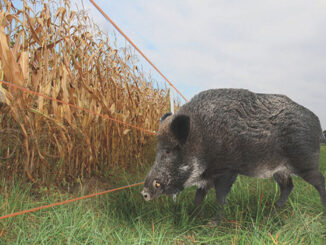
The acronym PFAS indicates the perfluoro alkylic substances that for decades have poisoned groundwater in various parts of the world. It is a class of chemical compounds used in industry to make products resistant to water and grease. Recent studies have shown that PFAS in water may be dangerous for reproductive health.
In addition, contact with these substances may increase cholesterol levels in exposed people and the risk of certain cancers.
What Are Exactly PFAS?
PFAS are synthetic chemicals that make many common materials impervious to water, oil and grease. In other words, they make up coatings for food containers, fabrics, paper and carpets.
The two most commonly used chemicals in this group are perfluorooctanoic acid (PFOA) and perfluorooctansulfonic acid (PFOS).
We can find traces of PFAS in water, soil and air. In particular, they can easily spread in the working environments of the factories that use them. They resist for a long time in the environment, also because water can transport them at a distance. If they are in the air, instead, they slowly fall back on the ground within a few days or weeks.
We generally come into contact with PFAS through the consumption of drinking water and food. Other possible exposures of the human organism are through inhalation of contaminated air, or through ingestion or contact with contaminated dust or soil. The risks of contact obviously increase for people working in plants that produce or use perfluoroalkyles. In this case, the exposure to such substances is higher than in the general population.
PFAS in Water – The Effects on Health
Perfluoroalkylic substances tend to remain unchanged in the body for many years. Data in the scientific literature on the toxicity of PFOS and PFOA in humans are few and sometimes controversial. Some studies on workers exposed by inhalation over long periods have not shown significant directly related adverse health effects. Other studies, also on exposed workers, found alterations in the levels of sex hormones and cholesterol associated with blood PFOA concentrations.
Over the years, however, scientists have also conducted studies on laboratory animals. Animals exposed to these substances showed moderate toxicity with effects on the gastrointestinal tract and liver. In addition, eye and skin irritation effects were observed with very high levels of PFOA in the air or applied to the skin. Other animal studies show effects on the liver, gastrointestinal system and thyroid hormone levels.
As regards the risk of cancers, however, experts can drawn no conclusions from the limited data available on humans. On the other hand, there are studies in animals that report a possible association between prolonged exposure to high doses of PFOA and PFOS and tumour forms. For this reason, the International Agency for Research on Cancer (IARC) and the Environmental Protection Agency (EPA) are conducting evaluations of perfluoroalkyl compounds. In the meantime, however, these agencies have not yet included them in their list of carcinogens.





Leave a Reply